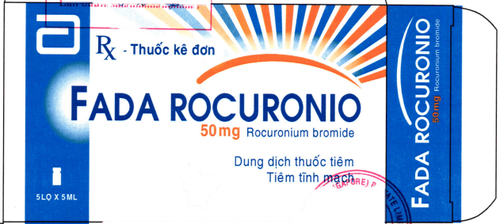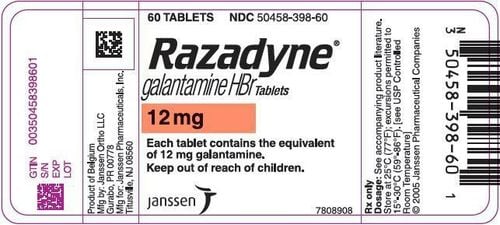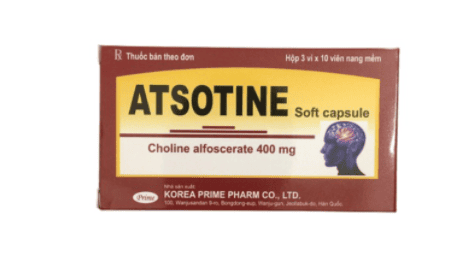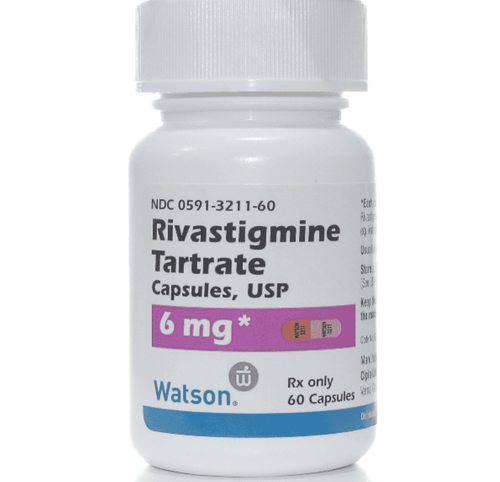This is an automatically translated article.
Elevated intracranial pressure in children needs emergency and prompt treatment to avoid serious complications as well as limit the risk of death. Elevated intracranial pressure in young children can be caused by brain injury, but can also cause life-threatening brain injury.1. Symptoms of increased intracranial pressure in children
Intracranial pressure syndrome in children is often caused by trauma such as falling out of bed, or by child abuse or shaken baby syndrome – a condition in which a young child is treated so violently that it causes harm. brain damaged. Symptoms and signs of increased intracranial pressure in children are similar to those in adults. Specifically, children may have symptoms such as:Headache; Nausea; Vomit; Hypertension ; Reduced mental abilities; Confusion about time, location; Double look; The pupil does not respond to light; shallow breathing; Epilepsy ; Decreased consciousness; Comatose. However, in children under 12 months of age, there will be some symptoms characterized by the soft bones of the baby's skull compared to older children, so we can see the phenomenon of skull dilation. In addition, increased intracranial pressure can also cause bulging fontanelles in children.
Parents can recognize early signs of increased intracranial pressure when they see that their children are excited, vomiting, tired, play less, grow slowly in young children with dilated skull joints, bulging fontanel, large head circumference, not palpable. You can see the beating of the fontanelle, the sign of sunset is due to the pull of the pupil, papilledema is uncommon because the skull is dilated. In children over 2 years old, there are signs of headache, vomiting, stimulation to change consciousness, papilledema after 2 - 3 weeks.

Đau đầu là một trong các triệu chứng của tăng áp lực nội sọ ở trẻ
2. Treatment of raised intracranial pressure in children
The course of treatment for raised intracranial pressure in children depends on the rate at which cranial pressure develops. The aim of treatment is to reduce the intracranial pressure in the child and keep the permeation of the brain. If CSF pressure is maintained below 30 mmHg below mean osmotic pressure, the prognosis is good.For severe raised intracranial pressure syndrome in children, treatment is only relative, must have a monitor to monitor cranial pressure continuously, thanks to the machine, the treatment results and management strategies must be established. further treatment. At the same time apply the Glasgow scale to assess the severity of increased cranial pressure.

Trẻ bị tăng áp lực nội sọ nên được điều trị sớm
Vinmec International General Hospital with a system of modern facilities, medical equipment and a team of experts and doctors with many years of experience in neurological examination and treatment, patients can completely peace of mind to examine and treat raised intracranial pressure at the Hospital.
To register for examination and treatment at Vinmec International General Hospital, you can contact Vinmec Health System nationwide, or register online HERE.
MORE:
Dealing with severe traumatic brain injury Injuries caused by traumatic brain injury How is traumatic brain surgery?













